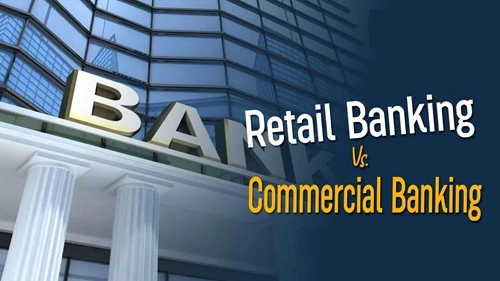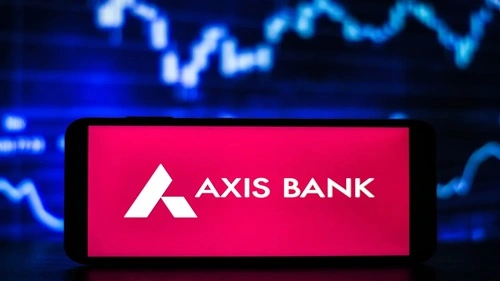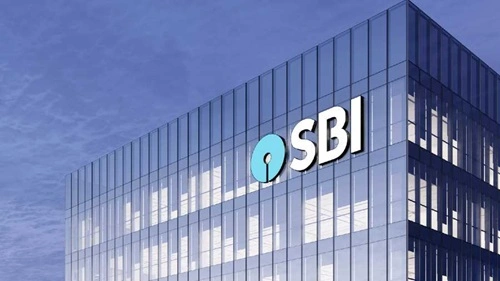See, we get it; understanding the banking terms might be a little harder for some of you out there because you may not be familiar with how the banking scene really functions. There is a common misconception that commercial banking and retail banking are the same thing, but they are just not. A lot of people think this way because they confuse commercial banking with normal or regular commercial banks, but this is not how you should take it. For now, just know that yes, commercial banking and retail banking are two different types of banking services, and today, we’ll get down to the actual differences between these two so you can understand both of these in a much better way. Here we go.
What Is Retail Banking?
First of all, let’s talk about retail banking and clear it out of the way, shall we? So, if you’re just a regular person and you’re actually a customer of some bank out there, then you have already experienced what retail banking is. You see, retail banking also goes by common names such as consumer or personal banking. Why? Well, that’s just because it is a part of the financial system that provides services to or deals directly with individuals or small businesses. Plain and simple! The major banks have their physical branches in one particular nation, and they are providing the basic banking services to literally every part of the country; that is what we call traditional banking or retail banking.
What Is Commercial Banking?
People often just get confused by the term itself because they think that commercial banking is something that a commercial bank provides. This is not entirely true actually, you see, commercial banking is more of a term that is also known as business or corporate banking. And as these two additional names of this banking type pretty much give it away, yes, this type of banking is mainly for companies, instructions, and even for government agencies out there. For now, just know that with this type of banking, banks out there offer specific and kinda tailored financial solutions/services that support business operations and global trade, and all of this is to promote growth.
Key Differences Between Retail and Commercial Banking

Alright, now’s the time to compare both, retail and commercial banking with one another. This is going to be a bit interesting because we’ll compare both of these based on some major points, so here we go then.
1. Clientele
As we already talked about it before, you see, retail banking is all about serving individuals, families, and businesses in the country. This simply means that with retail banking, the main focus is on providing the basic banking services to the general public and making sure that they can access different financial products.
On the other hand, commercial banking is just about the business entities out there. This includes both small and large corporations, apart from government bodies and institutions too. What for? Well, oftentimes, in order to grow even more or earn more profits, these clients require large-scale yet very specific financial solutions.
2. Nature of Services
Since now you know what retail banking is all about, you can pretty much guess the financial services or products they offer, right? Like, we’re talking about products such as basic savings or current accounts, different loan options, credit/debit cards, investment services, insurance services, etc.
Though, when it comes to commercial banking, things aren’t as simple as that. Why? Well, that’s just because these products themselves are kinda complex in nature. We’re talking about products or services such as business loans, lines of credit, treasury management, cash flow management, equipment, or real estate financing, trade finance, foreign exchange, asset management services, and whatnot.
3. Transaction Volume and Value
Because retail banking is all about serving the general public, you can already get a good idea of how big or high of a volume we’re talking about when it comes to transactions. Though yes, these transactions are considered low-value ones like withdrawals and card payments, etc.
And when it comes to commercial banking, this transaction volume and value scene is kinda the exact opposite of retail banking. Most businesses that go for commercial banking services tend to deal with higher amounts of transactions, but these transactions aren’t way too frequent. Examples include multimillion-dollar loans, foreign exchange transfers, and equipment leases.
4. Product Customization
Once again, because the retail banking products are for a bigger pool of customers/clients, they cannot be really specific or customized for every client/customer out there, which is pretty understandable.
But, the services of commercial banking are really customizable in nature to suit the needs of each business client out there.
5. Risk and Exposure
The risk part is super low with retail banking because with every individual customer, the credit risk is super low, whereas the customer pool is super big.
Commercial banking services are often high risk in nature because if one client defaults, it is a big loss for the bank because the amounts involved are often huge.
6. Revenue Generation
We won’t be talking about how huge the revenue is that these types of banking generate because that depends upon a lot of different factors. For now, just know that in retail banking, banks usually generate or earn income from things like interest from loan options, account maintenance fees, overdraft fees, service charges on transactions or card usage, and things like that.
In commercial banking, on the other hand, the revenue mostly comes from interest on large-scale loans or credit facilities, and on top of that, corporate advisory fees, as well as treasury management, and foreign exchange services.
7. Role in the Economy
To put it simply, well, retail banking is all about financial inclusion at large, and that’s why they’re known for their consumption-driven economic growth.
And sure enough, commercial banking is critical to economic development as well, but how? Well, they provide capital or funds to businesses to expand and grow even more, which results in more cash flow in the business scene of a country. With this, banks also get involved in infrastructure investment, job creation, global trade facilitation, etc.

